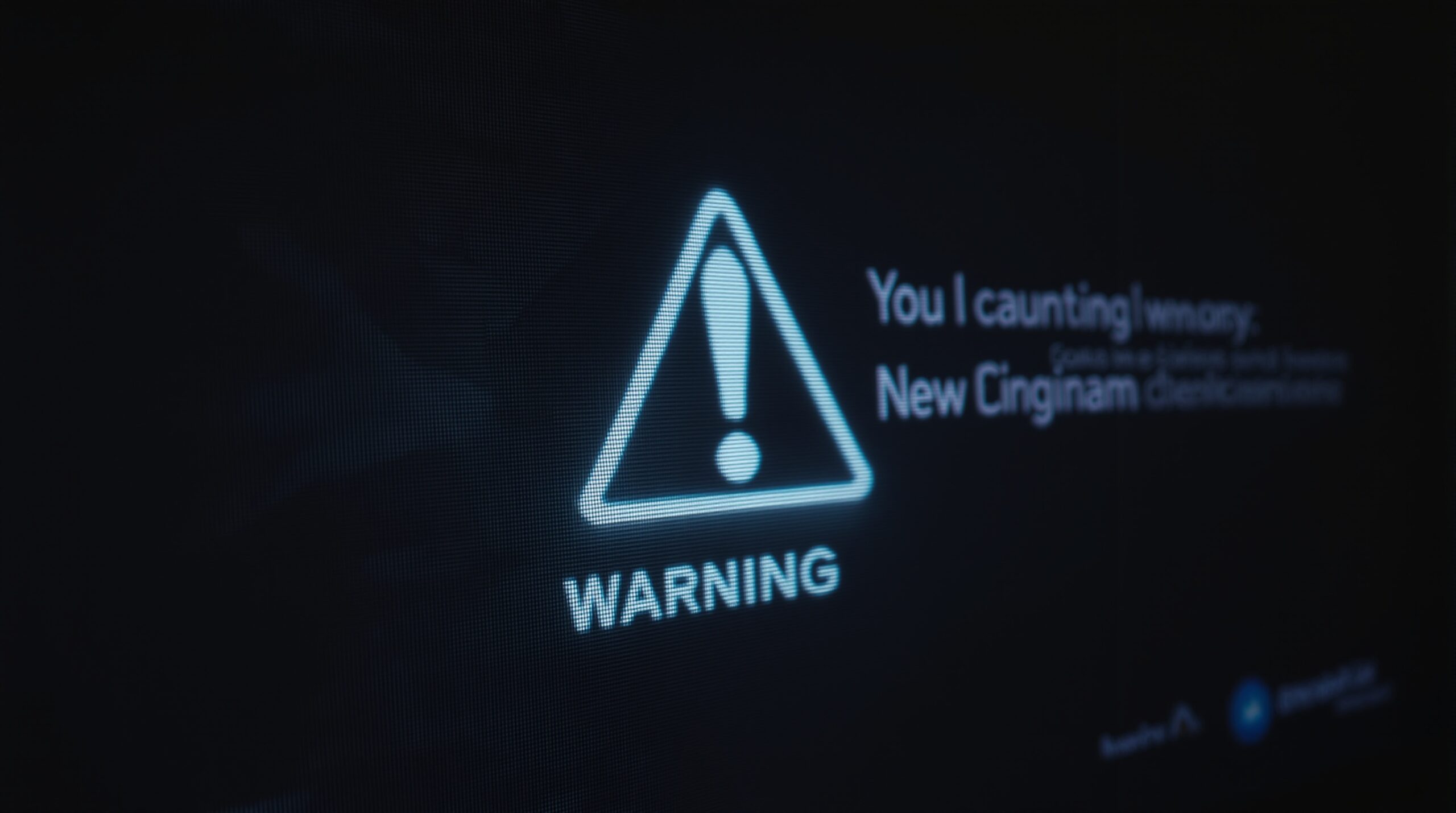Urgent Warning: Spotting This Symbol On Your Computer Could Expose You To Cyber Threats!
In today’s hyper-connected world, our computers are vital tools for work, communication, and entertainment. But they’re also prime targets for cybercriminals. While most of us are aware of phishing scams and malware downloads, a lesser-known threat lurks in plain sight: seemingly innocuous symbols that, if present on your system, could indicate a serious compromise.
The Danger in the Details
It’s easy to become complacent, clicking through prompts and ignoring unfamiliar icons. Cybercriminals exploit this tendency, hiding malicious processes behind deceptive symbols. The specific symbol we’re warning you about varies depending on your operating system and software, making it even more elusive. It often mimics a system process icon, a generic update notification, or even a seemingly legitimate software logo.
Why is this symbol so dangerous?
This seemingly harmless symbol often acts as a gateway. Clicking on it can trigger the following:
- Malware Installation: Downloads and installs malicious software without your consent, including viruses, trojans, and ransomware.
- Data Theft: Grants unauthorized access to your sensitive data, including passwords, financial information, and personal files.
- System Control: Allows hackers to remotely control your computer, using it for nefarious purposes like launching attacks on other systems or mining cryptocurrency.
- Identity Theft: Collects personal information to commit identity theft and fraud.
What Does the Symbol Look Like?
Unfortunately, there is no single symbol to watch out for. Hackers are constantly evolving their tactics, using different icons to trick users. However, here’s the key: BE SUSPICIOUS OF ANYTHING UNFAMILIAR. If you see a symbol on your computer that you don’t recognize or don’t remember installing, proceed with extreme caution.
Immediate Actions to Take
If you spot a suspicious symbol, DON’T CLICK IT. Instead, take these steps immediately:
- Disconnect from the Internet: This prevents further communication between your computer and the hacker’s server.
- Run a Full System Scan: Use a reputable antivirus program to scan your entire computer for malware. Make sure your antivirus software is up-to-date before running the scan.
- Monitor System Activity: Use Task Manager (Windows) or Activity Monitor (macOS) to check for unusual processes that are consuming a lot of resources.
- Check Startup Programs: Review the list of programs that start automatically when you turn on your computer. Remove anything suspicious or unfamiliar.
- Seek Professional Help: If you’re not comfortable with these steps, contact a qualified computer technician or cybersecurity expert for assistance.
Prevention is Key
- Keep Your Software Up-to-Date: Regularly update your operating system, web browser, and other software to patch security vulnerabilities.
- Use a Strong Antivirus Program: Install a reputable antivirus program and keep it updated.
- Be Careful What You Click: Avoid clicking on links or opening attachments from unknown sources.
- Enable Two-Factor Authentication: Use two-factor authentication for all your important online accounts.
- Educate Yourself and Others: Stay informed about the latest cybersecurity threats and share this knowledge with your family and friends.
Don’t let a deceptive symbol compromise your digital security. By being vigilant and taking proactive steps, you can protect your computer and your valuable data from cyber threats. Stay safe!














Post Comment